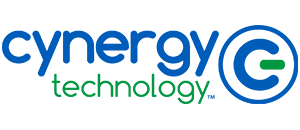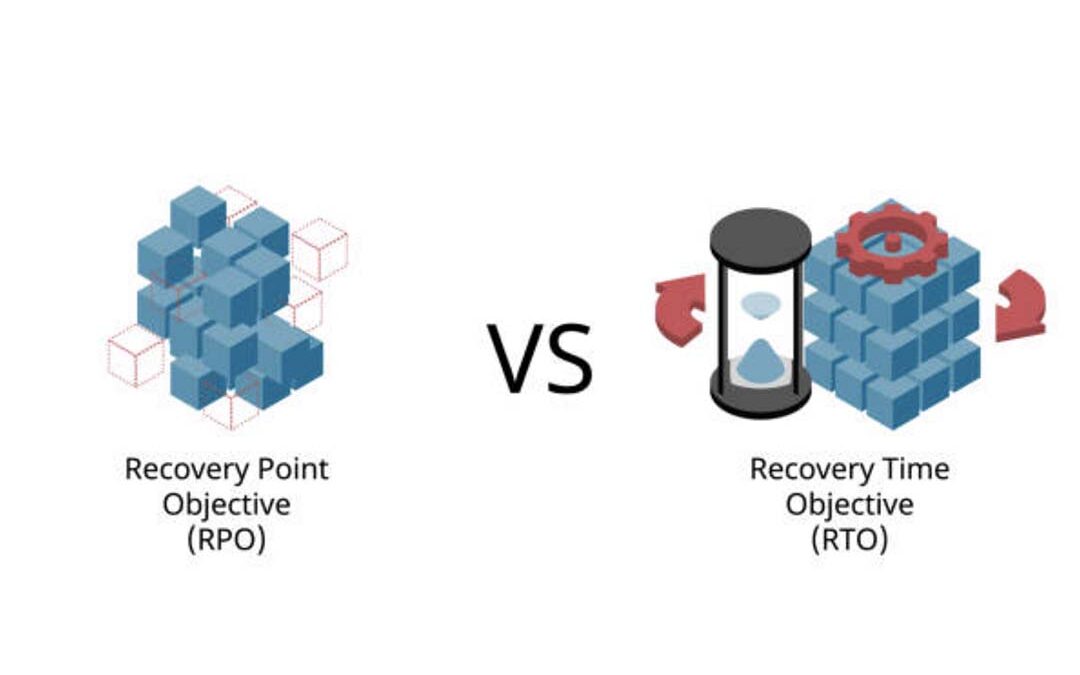Recovery Time Objective (RTO) and Recovery Point Objective (RPO) are two of the most essential elements of a disaster recovery plan. They enable critical data workloads to be restored within a sustainable timeline. With RTO and RPO, organizations can identify and evaluate the best disaster recovery solutions for minimizing the impact a potential disruption can have on business continuity. But what is RTO and RPO in disaster recovery? Let’s break them both down.
What is RTO in Disaster Recovery?
RTO is Recovery Time Objective. When disaster strikes, RTO is the maximum amount of time an organization can tolerate a disruption until the business can be restored to normal functions. Beyond this timeline, the consequences of the disruption become unacceptable and unsustainable for the overall functionality of an enterprise. From hardware component failures to cyber attacks to data breaches to natural disasters, a disaster can disrupt a business in several ways. The clock for the recovery time objective starts once hosting services are declared unavailable and continues to run until they become available and operational in congruence with acceptable service level agreements. Whether weeks, days, hours, or minutes, RTO measures time. One of the goals of a managed service provider or disaster recovery team is to ensure that RTO remains within the acceptable timeline parameters while aiming to stop the clock as soon as possible. Once an acceptable timeline is maxed out, organizations may incur numerous consequences, such as loss of revenue and a damaged reputation.
What is RPO in Disaster Recovery?
While RTO measures time, Recovery Point Objective (RPO) is calculated by data loss. RPO looks at the period of time that might pass in the event of a disruption before the maximum amount of data loss reaches the edge of tolerance. It also considers the maximum allowed age of data to be recovered on a system. Like Recovery Time Objective, RPO begins to be measured when hosting services become unavailable or the first data transaction is lost. The measurement continues until data becomes available at an acceptable level, allowing business to continue without interruption. Each organization can determine the acceptable age for data availability and data backups. For instance, some enterprises may require data to be backed up once a week, daily, or even every four hours. The Recovery Point Objective determines just how much data loss is acceptable in the event of a disaster. Like the Recovery Time Objective, RTO attempts to maintain a “near-zero” data loss scenario. While each disruption timeline may vary, RTO aims to keep the timeframe within the parameters established within the business continuity plan.
RTO vs RPO in Disaster Recovery
RTO and RPO each have different roles in the disaster recovery process. Here are four unique differences:
Evaluation: RTO
The Recovery Time Objective focuses on the time it takes for an organization to recover access to its digital assets. Each enterprise needs to assess its priorities and needs for data recovery and workload access. Some applications may be more critical than others in terms of an organization’s overall functionality and survival. What would happen if certain applications were not available for an extended period of time? As part of a Disaster Recovery Plan, it’s important to determine in which order each system, application, and data workload should be recovered. For instance, do you need your customer relationship management system up and running immediately?
Evaluation: RPO
The Recovery Point Objective is focused on minimizing the amount of data that could be lost in the event of a disruption. Organizations should consider their preferred frequency for data backup. For sensitive data, it may be imperative that backups occur several times a day. Also, what is the risk to data if a virtual machine (VM) fails? How much of that data can the enterprise afford to lose across each type of workload?
Proactive Costs
While RTO considers all areas of an organization’s functions, including the entirety of the DR process, RPO only evaluates the data and applications necessary for the continuity of business operations. The all-encompassing nature of RTO elements may cause it to be a more expensive undertaking than RTO when it comes to disaster recovery. Yet, RPOs that require a high level of backups and extra recovery points may increase the cost of data storage.
Automation Process
The more frequently data is backed up, the more successful RPO will be at meeting its parameters. With virtualization solutions, organizations can perform automated VM backups. By automating the process, RPO goals can be met efficiently without extensive manual oversight by an organization’s personnel. Even though the RTO process is more complex to manage, it is very helpful to include automation for the entire disaster recovery process. By doing so, organizations can ensure that all of the goals of RTO are able to be accomplished.
Calculation
With so many aspects involved in Recovery Time Objectives, it’s important to calculate the RTO based on the organization’s business continuity plan (BCP). A BCP provides a clear outline for potential risks and details procedures for returning business operations to normal during a disruption. On the other hand, RPO is a much easier metric to calculate because it only covers one element—data.
From preserving critical data to eliminating the downtime an organization may experience due to a disruption, RPO and RTO are crucial elements of a disaster recovery plan. With over forty-two years of experience, Cynergy Technology is a leading full-service technology provider specializing in cloud computing solutions, including disaster recovery. As a managed service provider, we can help you safeguard your business. Backup and disaster recovery (BDR) solutions provide secure, fast, monitored, continuous backup and rapid data restoration through premise and cloud-based architectures. Contact our team of experts today for a free consultation!








